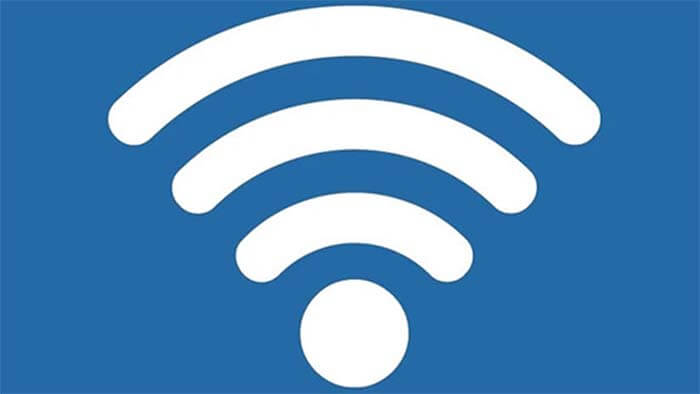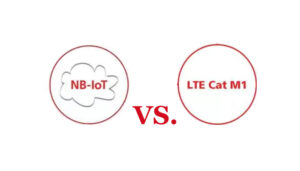After the read this Wifi vs. 5G, is 5G better than Wifi article, you will know:
Wifi vs. 5G, What is the difference between 5G and WIFI?
Wifi vs. 5G, Is 5G Wifi the same as 5G cellular?
Wifi vs. 5G, What is the difference between 5G and 5Ghz?
Wifi vs. 5G, do 5G will replace WiFi?
Wifi 6 vs. 5G, What is the difference between Wifi 6 and 5G?
5G Wifi vs. regular Wifi, What is the difference between 5G Wifi and regular Wifi?
Router 5G vs. regular Wifi, is 5G faster than Wifi?
Wifi vs. 5G speed
Wifi vs. 5G, What is the difference between 5G and WIFI?
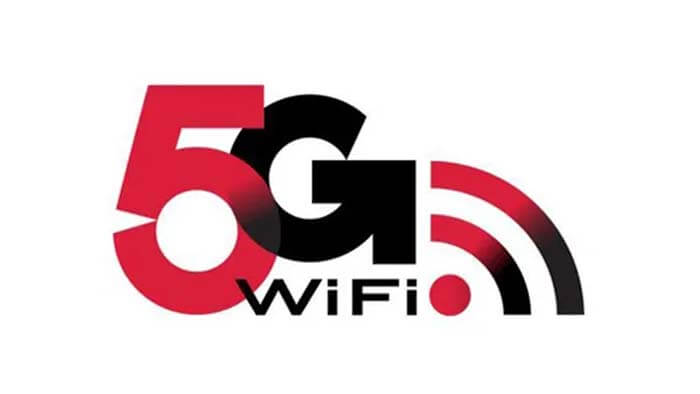
5G refers to the fifth-generation cellular mobile communication technology, which is an extension of 2G, 3G, and 4G communication technologies.
Wifi is a local area network transmission technology (device) that connects electronic terminals to each other wirelessly and converts wired into wireless signals to connect to the network.
Simple understanding: G is the communication technology; Wifi is the transmission technology and equipment for signal conversion. The two are mutually dependent and connected.
Wifi vs. 5G, Is 5G Wifi the same as 5G cellular?
They have the same name and share similar technology, but they are not the same thing. 5GWifi (5G for short) refers to Wifi that uses 802 11ac ten protocol and operates in the 5Ghz band, which has the following main differences compared to traditional 2G, 3G, and 4G.
Wifi vs. 5G, What is the difference between 5G and 5Ghz?
5G and 5Ghz are completely two different things. 5Ghz is a radio frequency that is used by some WIFI systems and 5G, simply means the fifth generation. the new radio 5G cellular network. Wifi has two frequencies, 2.4 GHz and 5GHz.
The peak rate of 5G Wifi needs to reach the standard of Gbit/s to meet a large number of transmissions such as HD video and virtual reality. And 5G is 10 to 100 times higher than 4G, enabling the interconnection of everything.
5G interface, latency level, needs to be around 1M/s to meet real-time applications such as autonomous driving and telemedicine and has low latency, high reliability, and low energy consumption characteristics.
5G has a large network capacity that can provide the connectivity of hundreds of billions of devices to meet IoT communications.
5G’s spectrum efficiency, which is more than 10 times higher than LTE, can provide greater bandwidth, high throughput, scalability, and anti-interference, and can guarantee sufficient stability.
5G can continuously perform wide area coverage and has high mobility.
5G traffic density and connection density are significantly increased, with high capacity and low energy consumption for large connections at hotspots, increasing system capacity and the real possibility of making large-scale device connections.
The level of 5G system synergy and intelligence is improved, manifesting as multi-user, multi-point, multi-antenna, and multi-intake synergy into the network, the ability to build a heterogeneous mobile network with multiple networks co-existing, and the flexibility to automatically adjust between networks, providing customers with higher, quality Wifi solutions.
The above is the key to distinguishing 5G from previous generations of mobile communications and is the result of a gradual shift from technology-centric to user-centric mobile communications.
G promises faster connection speeds and lower latency. Cellular technology uses a licensed spectrum, which largely eliminates the potential interference that can occur with an unlicensed Wi-Fi spectrum. As with current 4G LTE technology, 5G can be offered by cellular wireless operators or built as a private network.
The architecture of 5G requires more wireless access points and may suffer from poor indoor connectivity or no connectivity at all. Therefore, organizations need to evaluate their current 4G and potential 5G services for their PCs, routers, and other devices.
Deploying indoor microcells, repeaters and distributed antennas can help solve the indoor 5G service problem. As with 4G, the best use cases for enterprise 5G are true mobile connectivity, such as public safety vehicles, and non-carpeted environments such as mining, oil and gas extraction, transportation, agriculture, and some manufacturing.
In addition to broad mobility, 5G offers advantages in authentication, roaming, and deployment speed. 5G will have the ability to offload traffic in the event of data congestion (e.g., live video). As 5G standards mature, this technology will improve its options for low-power IoT connectivity.
Wifi vs. 5G, will 5G replace WiFi?
Although 5G has great advantages in data transmission, it is still very difficult to replace WiFi, which is more mature and has a wider range of application scenarios.
First, from the coverage, even in the next time 5G commercial, WiFi coverage is much higher than 5G, just like the current 4G network also has a lot of places that can not be covered.
For example, in the basement, mobile signals will gradually weaken with the distance as well as the increase in obscurants, WiFi can achieve signal coverage as long as the line is arranged. And at this stage WiFi supports far more terminals than 5G, 5G requires SIM card support, and some terminals cannot use 5G.
Second, in terms of cost, 5G is definitely much higher than the cost of broadband, even now 4G has launched unlimited traffic, but only superficially, more than the flow of the package to limit the flow, the user will be restricted, but also just a gimmick. 5G commercial after the infrastructure construction to invest more money, so the tariff price will not be low.
The company’s main goal is to provide the best possible service to its customers.
Wifi 6 vs. 5G, What is the difference between Wifi 6 and 5G?
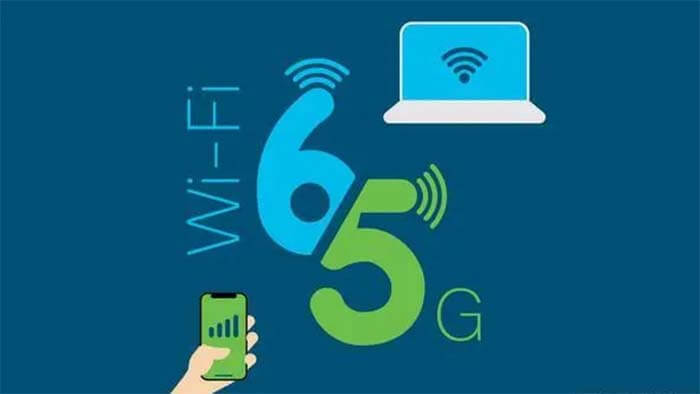
5G Technology
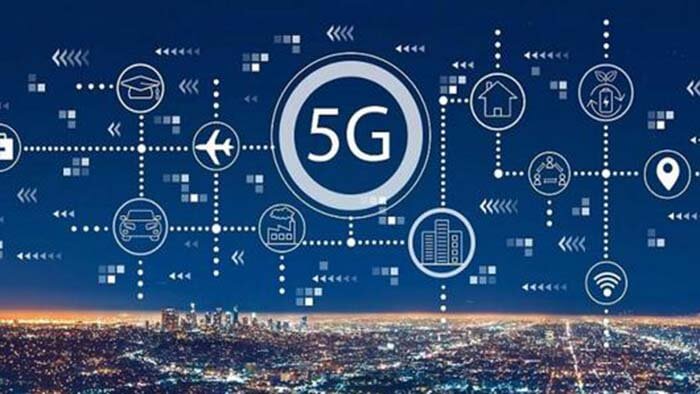
Fifth-generation mobile communications technology (the 5th generation mobile networks or 5th generation wireless systems, 5th-Generation, 5G is 5G technology for short) is the latest generation of cellular mobile communications technology and is the successor to 4G (LTE-A, WiMax), 3G (UMTS, LTE) and 2G (GSM) systems.
5G is a cellular digital mobile communication technology that can be used for both wide-area high-speed mobile communication and indoor wireless Internet access and has the advantages of high transmission rate, low latency, and high concurrency, but the system is complex and costly.
WiFi 6
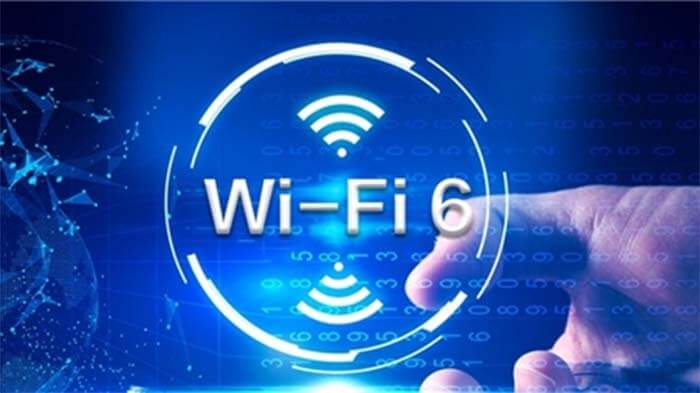
Wi-Fi 6 (formerly known as: 802.11.ax), the sixth generation of wireless networking technology, is the name of the Wi-Fi standard. It is a wireless LAN technology created by the Wi-Fi Alliance from the IEEE 802.11 standard. Wi-Fi 6 will allow communication with up to 8 devices at a maximum rate of 9.6Gbps.
WiFi 6 is a wireless access technology, mainly used for indoor wireless terminal Internet access, with the advantages of a high transmission rate, simple system, and low cost, but not applicable to high-speed mobile communication.
5G and WiFi 6 have the following characteristics
(1) 5G has a peak uplink transmission rate of 10Gbit/s and a peak downlink transmission rate of 20Gbit/s. WIFI 6 has a peak rate of 600Mbit/s for a single spatial stream at 80 MHz bandwidth and 9.6Gbit/s at 160 MHz bandwidth and 8 spatial streams.
(2) The latency of 5G is less than 4ms in eMBB scenario and less than 1ms in uRLLC scenario. the average latency of WIFI 6 is 20ms, which is much higher than the latency of 5G. Therefore, 5G is better than WIFI 6 in terms of latency.
(3) 5G has high mobility, fast cross-zone connectivity, and seamless cross-zone network switching, while WIFI 6 is slow to establish cross-zone connectivity.
(4) 5G system is complex and costly, while the WIFI 6 system is simple and low cost. Therefore, WIFI 6 is better than 5G in terms of system construction investment.
5G Wifi vs. regular Wifi, What is the difference between 5G Wifi and regular Wifi?

5G WiFi rate is much faster than ordinary 2.4G WiFi when used in close proximity, and 5G WiFi is more stable and less susceptible to interference but has poor performance through walls and fast signal fading. Ordinary 2.4G WiFi has better wall penetration performance than 5G, but it is easily interfered with by various signals, such as Bluetooth, electromagnetic signals from microwave ovens, etc.
5G wireless WiFi (802.11ac), refers to the fifth generation of wireless WiFi transmission technology, and operates in the 5Ghz radio wave band, most wireless WiFi utilizes the fourth generation of 2.4Ghz.
5G wireless WiFi has the following differences compared to regular 2.4GHz WiFi
(1) Having a faster network
(2) Improved playback quality: With 5G wireless WiFi transfer speeds of up to 125MB per second, users can watch HD videos online more smoothly.
(3) More power-efficient phones
(4) Better signal quality: Although 5Ghz is more resistant to interference and transmits a larger amount of data than 2.4Ghz, mainly for unobstructed situations, such as non-through walls, and generally works well within 5-10 meters, the signal propagation ability of 5Ghz is worse than that of 2.4Ghz. If you need to go through walls or other electronic devices more, 2.4Ghz will perform better.
Both have their advantages and disadvantages, mainstream routers are dual-band WiFi, which can be automatically switched according to the use of scenarios.
5G vs regular Wifi, is 5G faster than Wifi?
2.4GHz and 5G are two different frequencies in routers. Regular wifi 2.4GHz wireless transmission provides a network for a larger area but sacrifices network speed, while 5GHz provides faster speed but limits itself to a smaller area.
So, each router is designed to provide a specific set of desired frequencies, and one needs to consider which WiFi band and channel best suits the needs and provides the best performance for the user.
Introduction to the two frequencies of routers Wifi 5G and regular 2.4GHz.
A router is a device that users use to access the Internet. Some routers are single-band routers, which support only one frequency of transmitting signals, such as 2.4GHz; while some routers support dual-band, which means that they support both 2.4GHz and 5G transmitting frequencies.
From the knowledge of routers, it is known that 5G and 2.4GHz are just the signals transmitting frequencies of the router, also thus forming two different wireless networks, one is a 2.4GHz wireless network and the other is a 5G wireless network.
2.4 GHz
Wifi router’s 2.4GHz frequency provides wide coverage for wifi users and is better at penetrating solid objects with a maximum speed of 150 Mbps. however, it has a smaller data range and is highly susceptible to interference and jamming.
5 GHz
The 5 GHz frequency offers customers a much higher data range with negligible interference and provides a great advantage in terms of Internet speed for home wifi.
The difference between the two frequencies is 5G and 2.4GHz.
Since some routers support dual-band transmit signals, i.e. 5G and 2.4GHz, what is the difference between these two frequencies?
In fact, their differences are mainly three points.
The first is that the frequency is different, which is obvious. A 5G wireless network uses the transmitting frequency of 5.8GHz, while a 2.4GHz wireless network uses the transmitting frequency of 2.4GHz.
The second difference is that the propagation distance is different.
Wireless propagation is actually an electromagnetic wave, the smaller the frequency, the longer the wavelength, and the farther the propagation, so the 2.4G wireless network has a longer propagation distance than the 5G wireless network.
The third difference is that their processing speed is different.
A 5G network is a wireless network with a faster processing speed than a 2.4G network, and the 5G network has less interference.
Wifi vs. 5G speed
The transmission rate of 2.4GHz can reach 1Mbps. 5G WiFi’s entry level speed is 433Mbps, and high performance 5G WiFi can also reach more than 1Gbps.
Router 5G wifi and regular 2.4GHz differences are mainly three points, they are different transmitting frequencies; propagation examples are different; processing speed is different.
5G speed is fast but a short distance and 2.4G distance is long but slow.
Wifi vs. 5G, is 5G better than Wi-fi?
The advantages and disadvantages of Wifi vs. 5G
(1) 2.4GHz has good penetration and a close transmission distance. 5G has poor penetration and far transmission distance.
(2) 2.4GHz band is highly resistant to fading in indoor environments. 5G has the advantage of being highly resistant to interference, providing greater bandwidth, a high throughput rate, and scalability.
(3) The disadvantage of 2.4GHz is that many devices use 2.4GHz, so there is a lot of interference, which does not guarantee sufficient stability.
The biggest advantage of this band is that it is currently less used, and many countries are required to apply for permission, so the interference is very small and can guarantee the quality of transmission.
The disadvantage of 5G is that 5G is only suitable for small indoor coverage and outdoor bridges, and the attenuation effect of various obstacles is much greater than 2.4GHz.
5.1G, 5.2G, 5.3G, 5.4G, 5.5G, 5.6G, 5.7, and 5.8 all belong to the 5G band, 5G band selection range is very wide.
(4) 2.4GHz disadvantage is that many devices with 2.4GHz, such as Bluetooth, and ZigBee wireless, so a lot of interference, can not guarantee sufficient stability.
(5) 5G is suitable for multi-point monitoring when using (such as 20 to 100 cameras) wireless in urban areas or in the field and other conditions, the general 5G device transmission distance between 1KM —–40KM, the price is much higher than 2.4GHz products, are pairs or a pair of more to use.
Besides the Wifi vs. 5G, is 5G better than Wifi article, you may also be interested in the below articles.
How To Choose Embedded Antenna For IoT?

